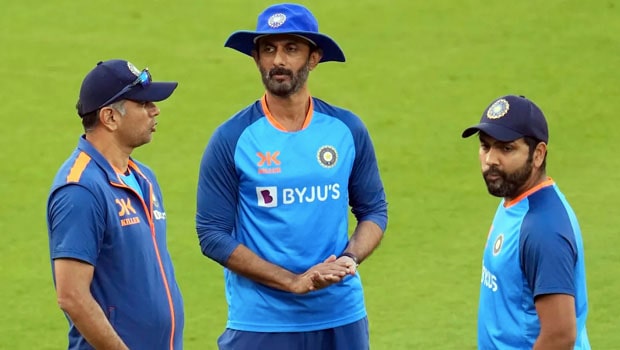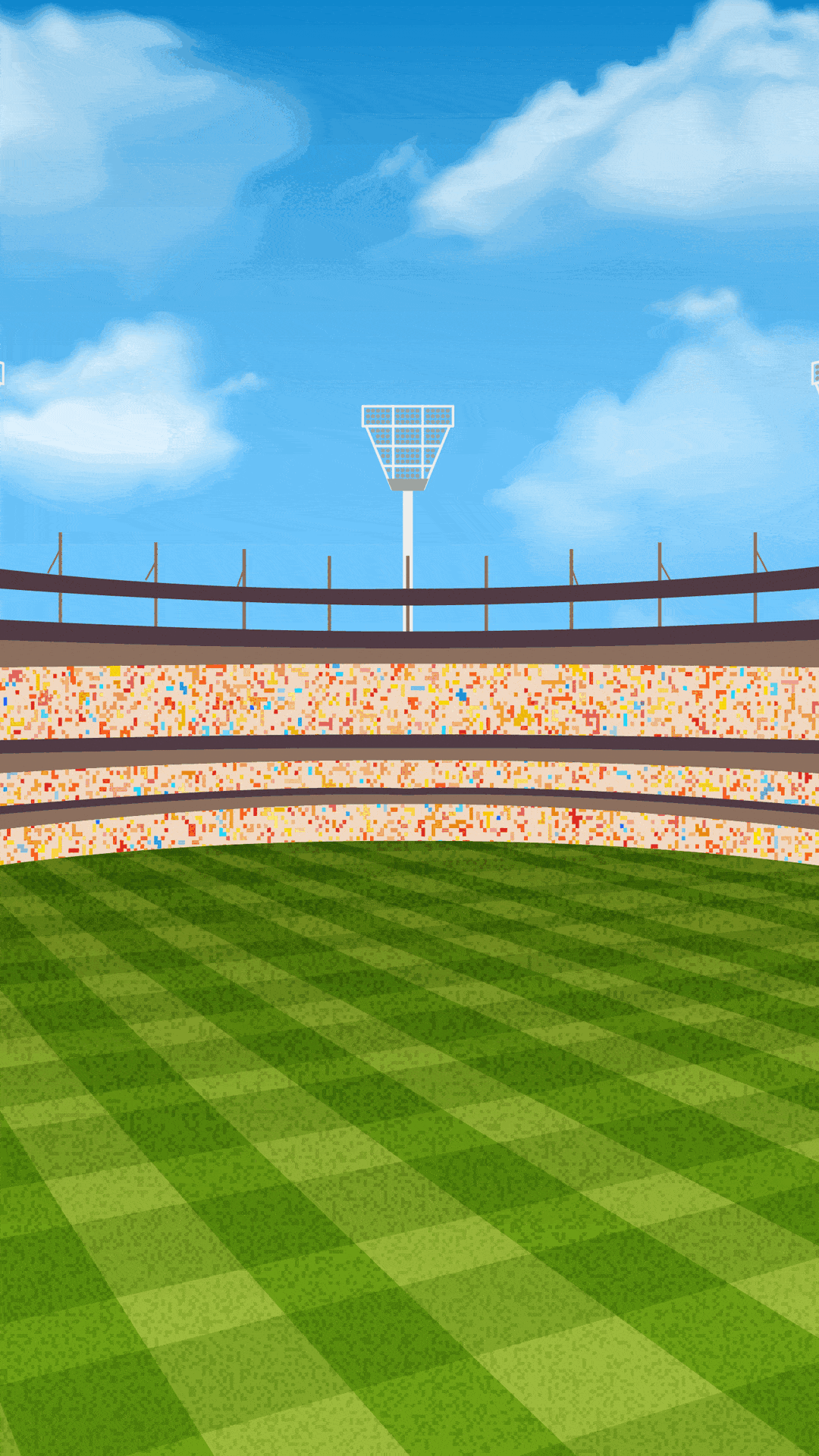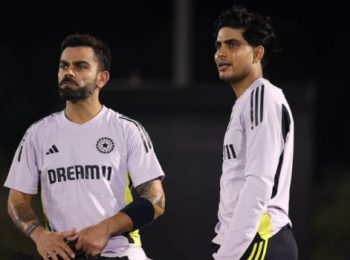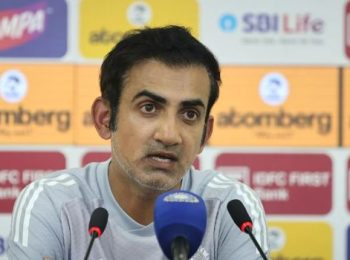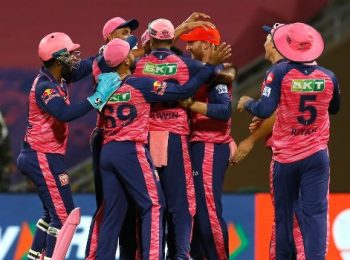India are ranked No 1 in ODIs heading into their first home World Cup since 2011. They have a formidable record at home – since 2015, only Australia have managed to win bilateral series here – and five players ranked in the top ten across the batting, bowling and allrounder tables in the ODI format. They are undoubtedly one of the favourites to win the 2023 World Cup, having put behind them a period of sluggish white-ball cricket and serious concerns of players to win the Asia Cup and then a series over Australia.
But what is their ideal playing 11 for the World Cup? This is a question countless Indian cricket fans have been mulling since India’s final World Cup squad was confirmed last week.
India’s top six picks itself. The openers are Rohit Sharma, who has three ODI double-centuries to his name, and Shubman Gill, the number two ranked batsman in ODIs who is fast closing the gap on Babar Azam. Virat Kohli is the undisputed one-down. At four and five are Shreyas Iyer and KL Rahul. At six, the team’s proven finisher and massive allrounder, Hardik Pandya, who is also vice-captain.
Now is where it gets a bit tricky. Ravindra Jadeja is in the World Cup purely on reputation, given all he has done for India. But his batting is in a downfall and his bowling is restrictive. Jadeja will remain India’s preferred No 7 for the majority of the World Cup, but it is not beyond the realm of possibility to imagine him being dropped as the tournament progresses if he does not deliver as an allrounder. Because with R Ashwin’s surprise recall after playing just two ODIs since 2017, India have a better spinner to choose.
Shardul Thakur is the bowler who can bat, although he has not been delivering on the latter in recent times. If you look at India’s nine venues for the league stage of the World Cup, and the fact that India’s batting ends with Jadeja at No 7, there are more chances of Shardul playing than Ashwin. It will, we can surmise, come down to the conditions underfoot. If there is turn on offer – say in Chennai, or Lucknow – India might opt for three spinners. But there is a big risk in this, for it means a pace bowler will have to be sacrificed, and if the track does not turn as much as anticipated, opposition teams could punish Jadeja, Ashwin and Kuldeep.
Regarding the pace factor, the automatic picks are No 1 ranked ODI bowler Mohammed Siraj and Jasprit Bumrah, who bowled ten overs in successive matches against Australia. Pandya and Shardul should conceivably share ten overs between themselves. With two pacers, two seam-bowling allrounders and two spinners, India can get through 50 overs on the field.
What remains to be seen is how the surfaces play. Rank turners can be ruled out, given the first month of the tournament will be played in October and the risk of such surfaces backfiring. The pitch for India’s first game versus Australia in Chennai is a re-laid one, which indicates it should not be slow and dry like when the two teams met there in March and Australia’s spinners Adam Zampa and Ashton Agar applied the squeeze on India in the deciding ODI.
India then shift to Delhi to play Afghanistan, a venue which is known to be slow and low. But given that this fixture remains a banana skin India will want to avoid, seeing the quality of Afghanistan’s spinners, one cannot see the ground formerly known as the Kotla playing to tradition.
That leaves India’s match against defending champions England in Lucknow on October 29 as the one which remains uncertain in regards to the pitch. In this year’s IPL, the three strips used in Lucknow all made life tough on batting teams and aided spin decidedly. In late autumn, and with England having four solid spin options, will India want a turning track? No, you have to say. But equally worrying is the prospect of playing that destructive England batting lineup on a flat track.
Thus, it is not easy to say whether India will stick to one set 11 for the duration of the World Cup. Bumrah and Siraj will need breaks, as might Pandya. Rotation is on the cards, with Mohammed Shami the first pacer to get the nod and Suryakumar Yadav the first batsman to be handed a chance, whenever it comes.
For stability, India will most likely stick to the players who have formed the bulk of their ODI success in 2023, which means Ashwin might not be a starter. But if Jadeja struggles, or Kuldeep has a bad couple of games, expect Ashwin to slot straight in. And if, for some reason, India get the sense that the Chennai track on October 8 will play to tradition, don’t be surprised if you see Ashwin, Kuldeep and Jadeja play.
Because with this Indian team, as we’ve found out all year, it is not easy to decipher what the thinking is.







